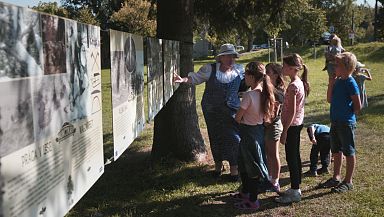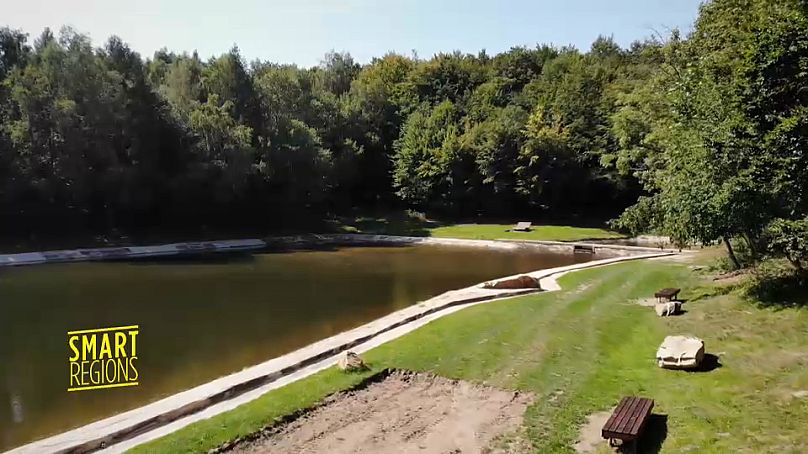An interregional European project called NemoNet is making sure that a lost ethnic group in western Slovakia will not be forgotten by preserving and promoting their legacy and traditions.
Deep inside the woods of the Little Carpathians in western Slovakia, a hidden treasure almost forgotten to time is coming back to life. Children are being introduced to the forest people, the huncokárs, German native speakers who arrived there centuries ago to work as lumberjacks. Their legacy is now coming back to light.
Leaving their mark
Irena Herchlová, a descendant of the Huncokárs, says that when they moved to the area, "they brought new woodcutting technologies with them, more sustainable methods to manage the forest and even their own religious holidays." This amongst many other things led them to leave "a long-standing cultural mark" there. She believes that it is important that this heritage is preserved and promoted among the local population and tourists.
A European project promoting culture and biodiversity
Recovering long-lost traditions is just one of the many activities of a European project called NemoNet which is aimed at improving quality tourism in this green and abundant region bordering Austria and Slovakia. NemoNet is part of the EU Interreg Slovakia-Austria programme and its total budget was 1.45 million Euros. 85% of this was funded by the European Cohesion Policy's EU Regional Development Fund. Investment into the area, which includes the revitalisation of a natural reservoir, has highlighted its diverse culture and biodiversity.
Eco-tourism
Every year around 190,000 visitors come to the Slovak side of this natural space. Silvia Brazdovicová, coordinator at the NemoNet Project explains that the area and villages, both in Slovakia and in Austria, "were very popular with tourists", but the area was "lagging behind in some technical requirements and infrastructure". They also had to reconsider their environmental approach. She feels that thanks to the project, they are now able to offer visitors new and better conditions for them to enjoy the region.
On both sides of the border, they've invested in eco-transportation, including infrastructure for e-mobility and cycling. A network of revamped trails connects the different woodland habitats and provides information about cultural features and conservation efforts. As one tourist tells us, the area is good, "both for your physical and your mental well-being." According to him, "this region should not just be used to produce wood, it should also help produce happiness."













